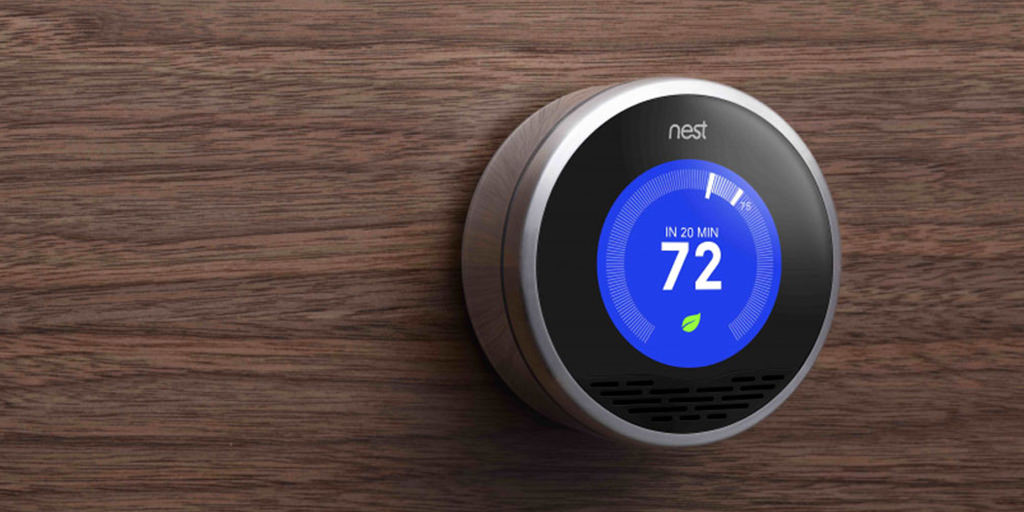In The Internet of Things has a dirty little secret: it’s not really yours, the anonymous operator of Twitter account Internet of Shit discussed a pretty sticky point for the Internet of Things. In summary, the problem is this: you don’t really own the things in IoT. Internet of Shit lays out some problems, both actual and possible, that arise from IoT.
Here’s the thing: I believe that these problems arise from a key misunderstanding about the nature of IoT solutions. Many of these are sold as — or perhaps perceived as — products when in fact these things are service artifacts.
I think it’s important to set a context for that statement. The best way to do that is to establish a shared vocabulary. Let’s define some terms.
An artifact or device is a physical thing. It’s the box that does something. Since we’re talking about connected things, it’s got some sort of network connection, probably RF-based, like WiFi or Bluetooth. It has sensors to detect stuff, actuators to do stuff, or both. The connected learning thermostat you put on your wall is an artifact. So is that fancy electric car with the remote firmware updates.
A product is a standalone artifact, a thing that is essentially self-contained when it comes to performing its functions. That’s not to say a product isn’t connected to other things, like another artifact or the Internet. You can buy a product. And more importantly, you can own a product. More on that later.
A service is an ongoing, relatively long-lived set of functions and interactions. It’s made available by a service provider, which is a fancy term for a person or business that keeps the service going. You consume a service, via subscription or another ongoing interaction model. You might pay for some, all or none of the features a service provides. But you can’t own it directly.
A service artifact is a physical instrument of a service. It’s a way for the service to interact with its consumer, delivering some set of features the service provides. Service artifacts also open channels between the provider and the consumer. This channel can be unidirectional, allowing for a flow of features from providers to consumers, or data from consumers to providers. They can also be bidirectional. If you’re not sure what a service artifact is, think about a cable box: you don’t own it, the cable company does. They send you content through the box, and perhaps collect data on what you watch. They might even allow you to interact with them, e.g. when you make a pay-per-view purchase. You can rent a service artifact, pay a one-time fee for it, or get it for free, but you never own it.
You might not agree with these definitions. For now, accept them as part of the context of this discussion.
OK, let’s make another statement: a key aspect of the Internet of Things is the transformation of products into services. In our context, this means that some things that we traditionally think of as products are now, somewhat invisibly, changed into service artifacts. When that’s not clear, maybe because of how the artifact is is packaged and sold, confusion and ultimately disappointment for the consumer abounds.
A key aspect of the Internet of Things is the transformation of products into services.
The problem Internet of Shit is describing is, in part, a failure of both consumers and service providers to understand the nature of what is on offer with IoT. Many service artifacts are sold as if they’re products. Both the Nest thermostat and the Revolv hub are service artifacts. Yes, the consumer paid a one-time fee up front to get access to the service. But the ongoing operation of the thing is dependent on a constant set of interactions with the service. Those interactions might be data flowing one way or another. They might be subscription payments. But a key truth remains: if the service packs up, the artifact will have little or no utility.
Products don’t have this problem. If I buy a hammer, and the manufacturer of the hammer and the retailer who sold it to me both happen to pack it in, I can still put a nail in the wall, or, more likely whack my thumb. The utility of the product is wholly within the product. I can give it away, and that utility will be transferred. I can modify it freely and there’s no effect on any other hammer anywhere. In the sense that most people understand the idea, I own that hammer.
For me, the service versus product distinction is inherent to IoT. It’s how I distinguish connected devices from Internet of Things devices. A connected device is like that hammer: I’m not dependent on a service provider to make it work. An IoT device is backed by a service.
I admit this is a fine parsing of the concepts, but I also think it’s important to make the distinction. Being clear about whether that box you bought is a product or a service artifact is vital to your mental model of what you can expect from that box. It affects your calculations of its value, potential longevity, security, privacy and function.
Our belief is that a strong focus on user experience is the key to developing successful, valuable connected solutions.
When we think about designing connected solutions at Cantina, we spend significant time on more than the technical facets. Our belief is that a strong focus on user experience is the key to developing successful, valuable connected solutions. For consumer-facing offerings, answering the question of whether this is a connected product or an IoT service is important. Making the nature of the thing clear all the way from its presence on the shelf, to set up, use and ultimately retirement is a part of creating a great user experience. It needs to be clear whether what’s on offer is a product or a service. The consequences and benefits of the service need to be clear to consumers.
And when we do it right, we won’t create yet another thing for Internet of Shit to mock.


